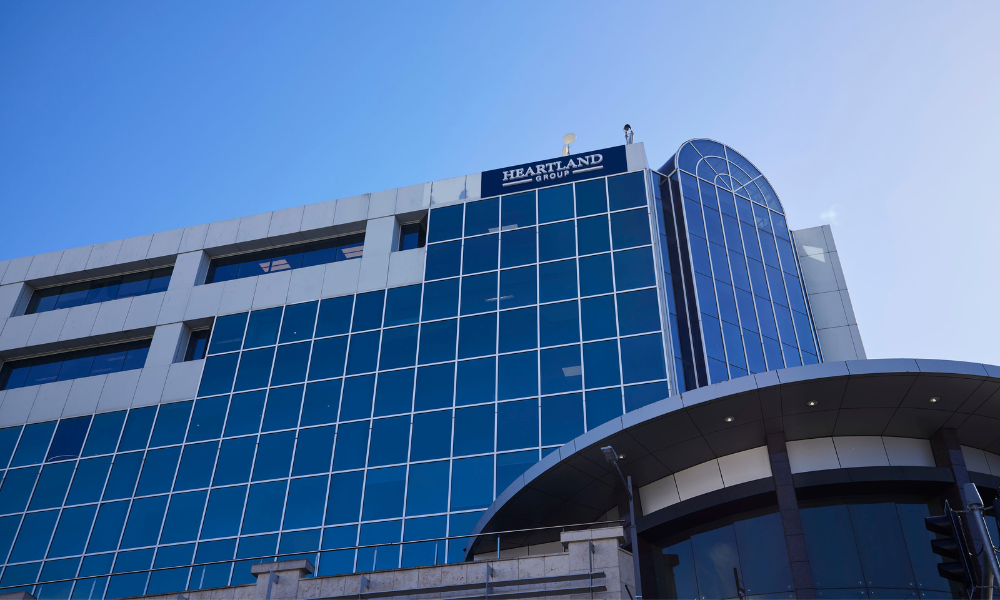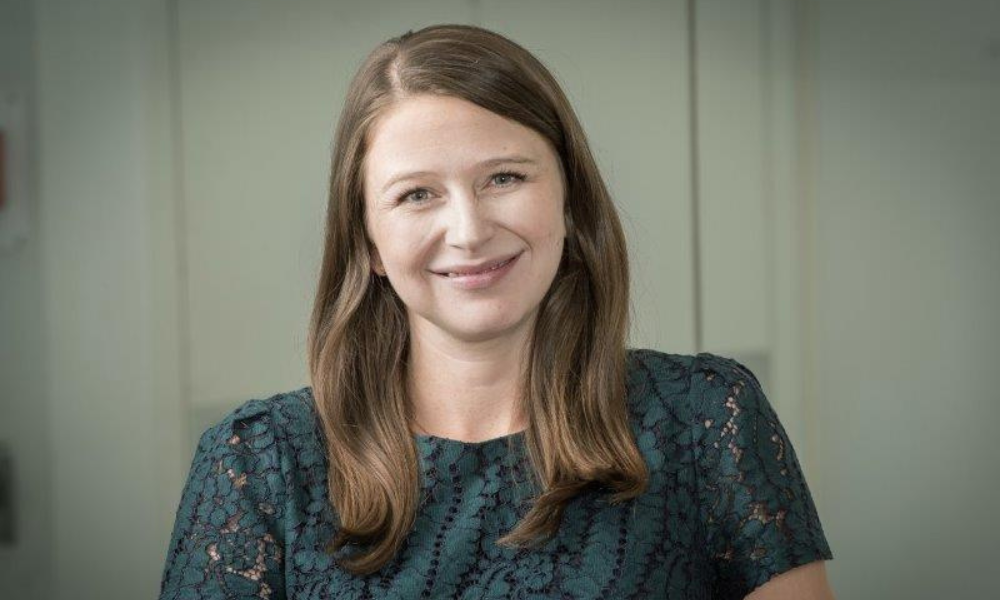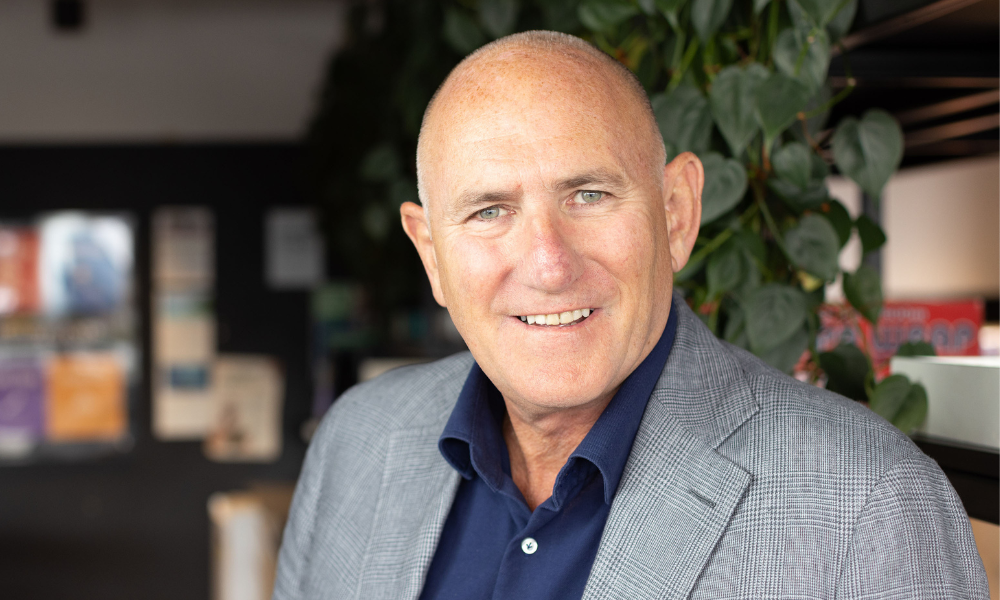Group reports 2.4% profit rise

Heartland has taken a bigger slice of the reverse mortgages market, confirming that market share of its Australian reverse mortgages business has grown from 30.9% to 35.9%.
A total equity raise of NZD$198.6 million through 2022 was used to retire bridge debt and fund growth ambitions for its existing businesses, the company said.
In its half-year results for the six months ended December 31, 2022, Heartland Group Holdings (Heartland), which operates Heartland Finance in Australia and Heartland Bank in New Zealand, reported net profit after tax (NPAT) of NZD$48.7m (AU$44.2m).
The half-year result represents an increase of 2.4% ($1.1m) compared to the six months ending December 31, 2021.
Net operating income for Australia reverse mortgages was NZD$23.1m, up 21.5% compared to the first half of 2022 (1H22).
Australian reverse mortgage receivables were NZD$1.40bn, up 19.9%. Heartland said the primary driving factors for the $1.40bn increase were increased debt consolidation and cost of living requests, customers looking to enjoy retirement with modest lifestyle spending, growing acceptance of the use of reverse mortgages, and targeted marketing.
The Home Equity Access Scheme (previously the Pension Loan Scheme) contributed to greater awareness of home equity release options, including reverse mortgages, it said.
Heartland head of operations, risk and compliance Sharon Yardley (pictured immediately below) said there was growing awareness and acceptance of reverse mortgages in Australia.

“Heartland has maintained its position as the largest active provider, with market share of 35.9% at 30 September 2022 (up from 30.9% at 30 September 2021,” Yardley said.
Following its acquisition of StockCo Australia, confirmed on June 1, 2022, Heartland said its focus for in Australia was centred around growing its existing reverse mortgages business, and growing livestock finance.
Heartland said in the results announcement it would also seek other opportunities to expand its “best or only” strategy into Australia.
“The Australian market presents Heartland with the opportunity for growth in areas underserviced by the larger banks, such as livestock finance and reverse mortgages,” Heartland said in the results.
Heartland Group half-year results highlights (to December 31, 2022)
- Net profit after tax (NPAT): $NZD48.7m, up 2.4% on 1H22
- Underlying NPAT: NZD$54.7m, up 16.2%
- Gross finance receivables: NZD$6.5bn, up 10.1%
- Underlying return on equity: 12.1%, down 7 basis points
- Net interest margin (NIM): 3.97%, down 34 basis points (underlying NIM of 4.02%, down 29 basis points)
- Net interest income (NII): NZD$138.9m, up 12.1% (underlying NII of $140.8m, up 13.6%)
- Net operating income (Group): NZD$141.7m, up 8.4%
- Impairment expense: NZD$9.2m, up 8.3%
- Net operating income (Australia reverse mortgages): NZD$23.1m, up 21.5%
- Net operating income (StockCo Australia): NZD$13.4m
Challenger Bank acquisition aids expansion
On October 20, 2022, Heartland announced it had signed a conditional share purchase agreement to purchase Challenger Bank.
The acquisition - which Heartland confirmed remained subject to regulatory approvals - would provide access to a pool of funding to support ongoing growth, a potential uplift in margin and a platform to extend Heartland’s ‘best or only’ strategy in Australia, the company said.
Heartland Group deputy CEO Chris Flood (pictured immediately below) said that the purpose of the Challenger Bank acquisition was to fuel expansion in Australia through access to retail deposits, creating the opportunity for expansion into new product areas.

“Heartland’s vision is to create a sustainable and profitable digital bank serving sectors of the Australian market which Heartland considers are under-serviced by major banks (including older Australians, rural Australia, and small businesses),” Flood said.
“Heartland already holds strong positions in Australia with reverse mortgages and livestock finance. Further expansion is intended by leveraging Heartland’s experience and expertise in New Zealand to offer additional products in the Australian market (including auto finance, asset finance and online home loans).”
Reverse mortgage portfolios resilient
Noting elevated inflation (7.8% over the year to December 2022), rising household costs and higher interest rates, Heartland said its loan portfolios had performed well and that overall credit equality remained sound.
Yardley said reverse mortgage loans were salient to economic conditions, particularly changes in house prices and rising interest rates with conservative loan to value ratios (LVRs).
As of December 31, 2022, the weighted average current LVR for Australian reverse mortgages was 20%. In Australia, 98.1% of loans had an LVR under 40% or an index adjusted valuation basis, and 0.1% of loans had an LVR over 60%, Heartland said.
Heartland confirmed that the broker channel represented around 50% of its distribution, with the remaining 50% direct.



